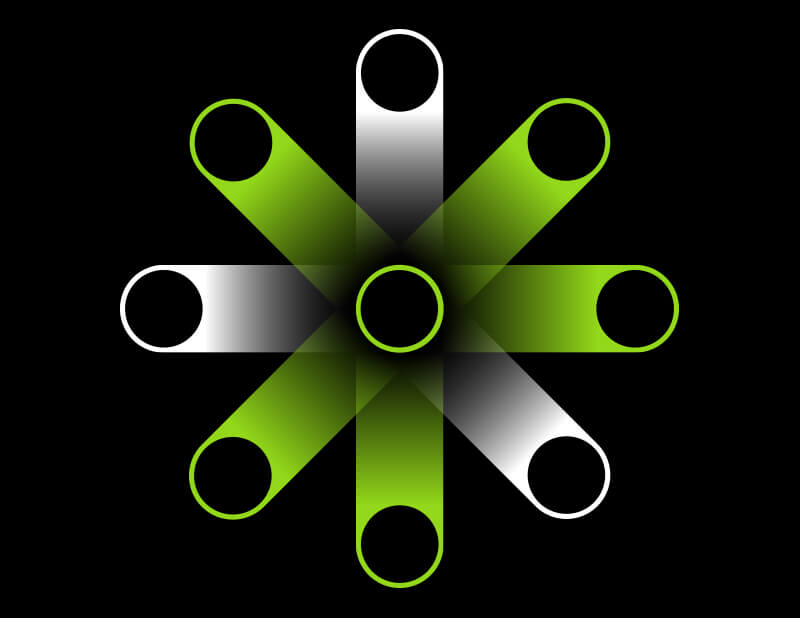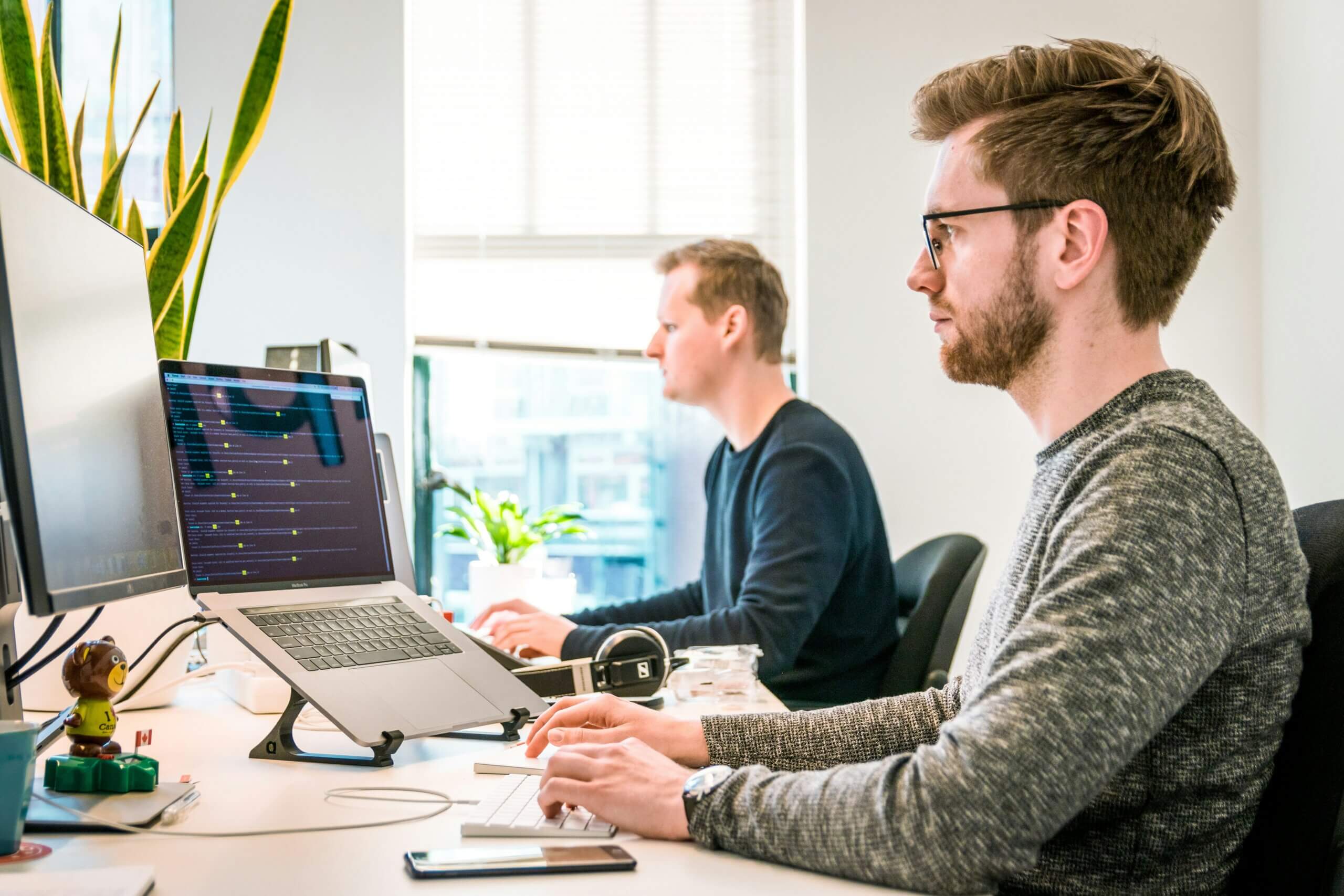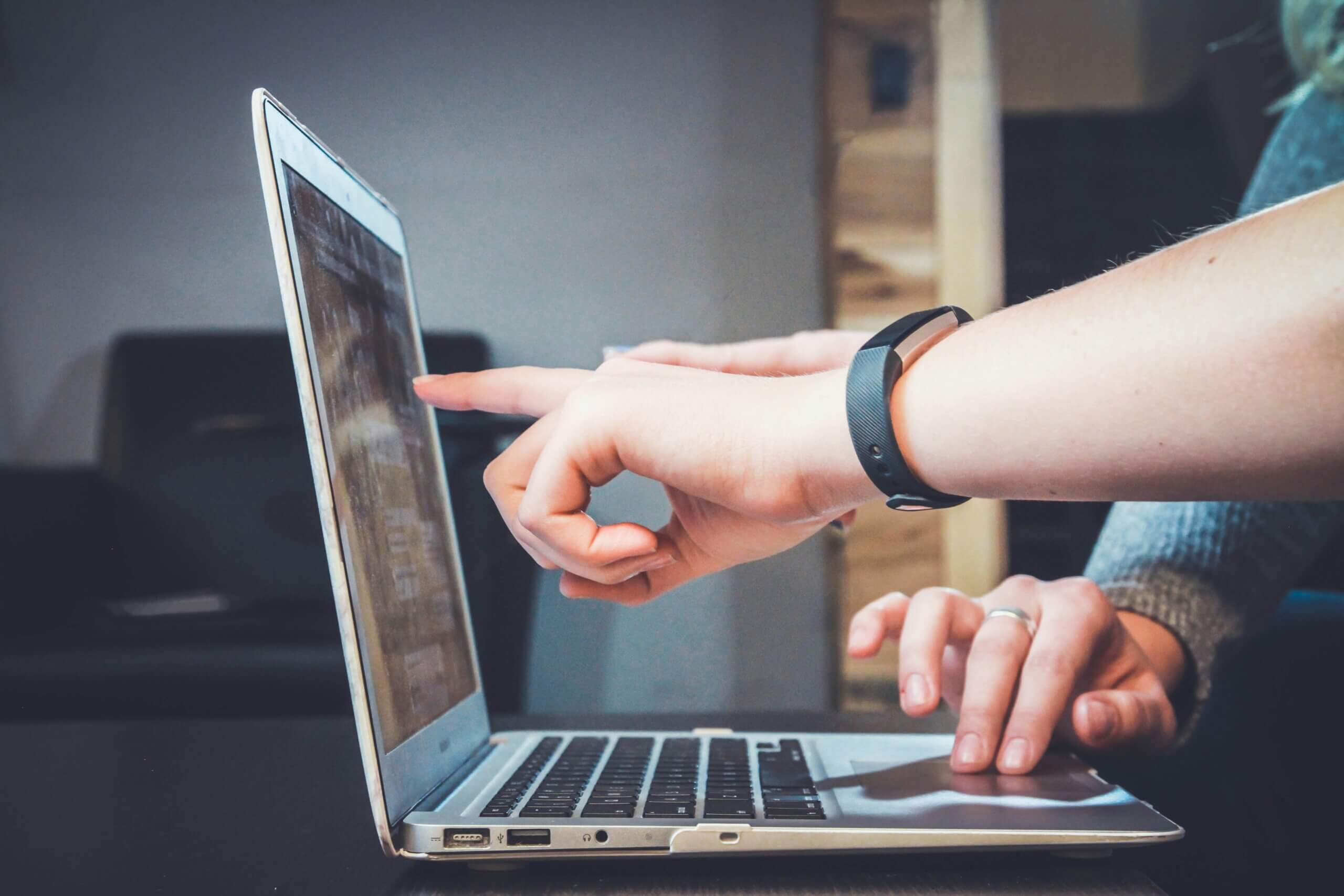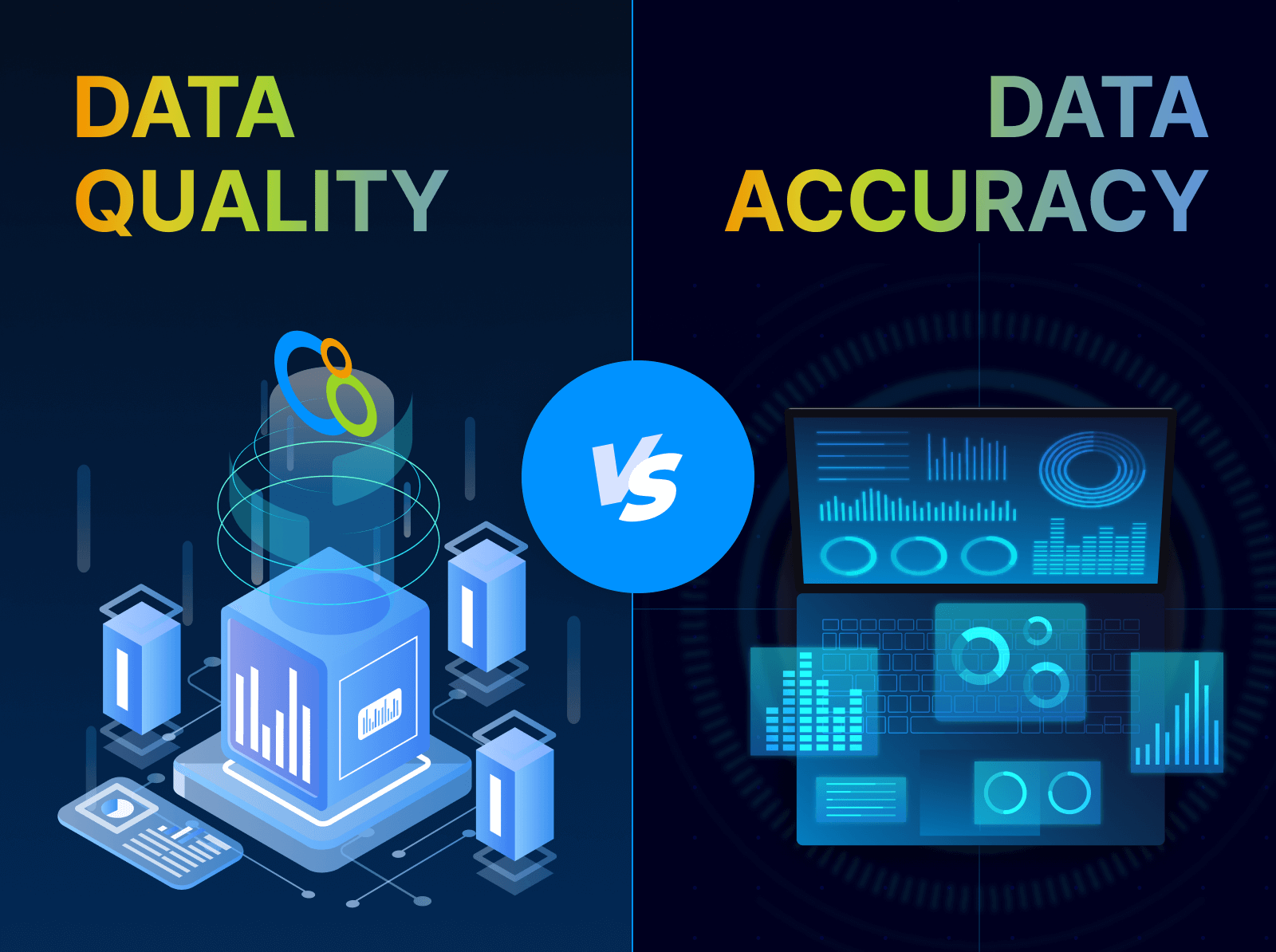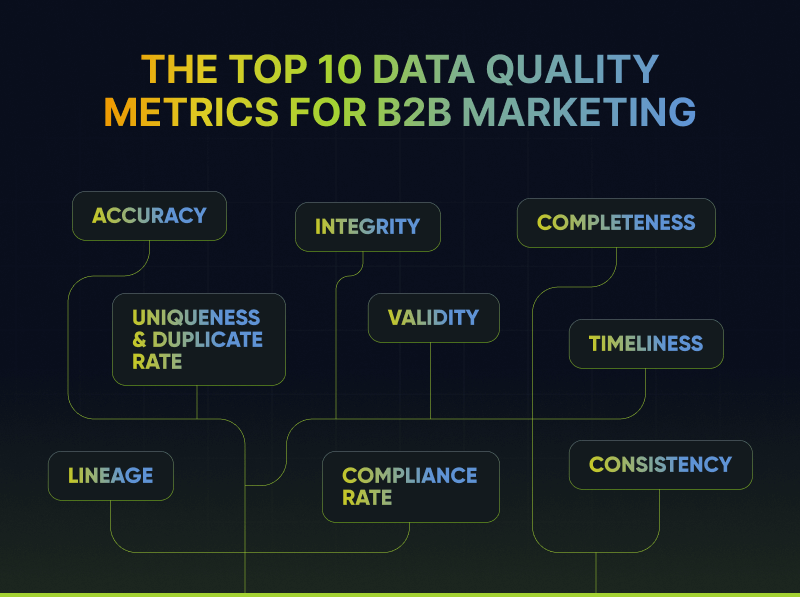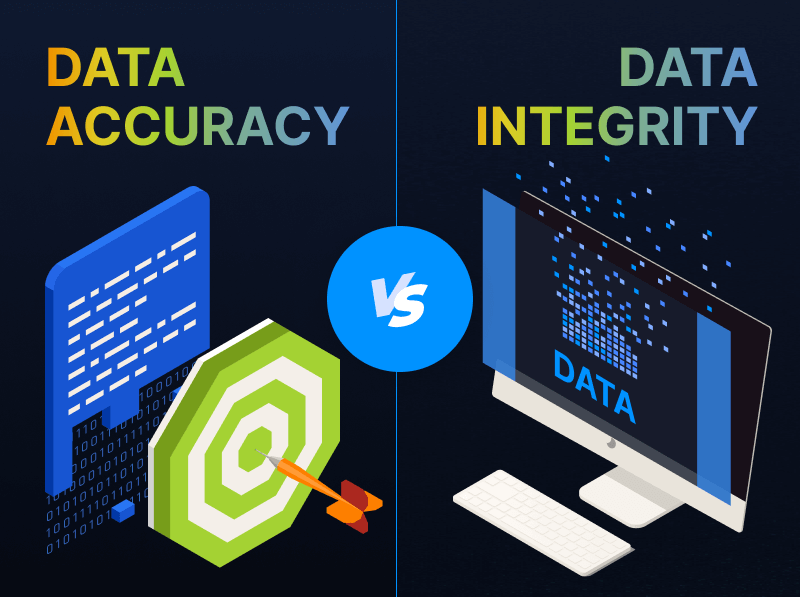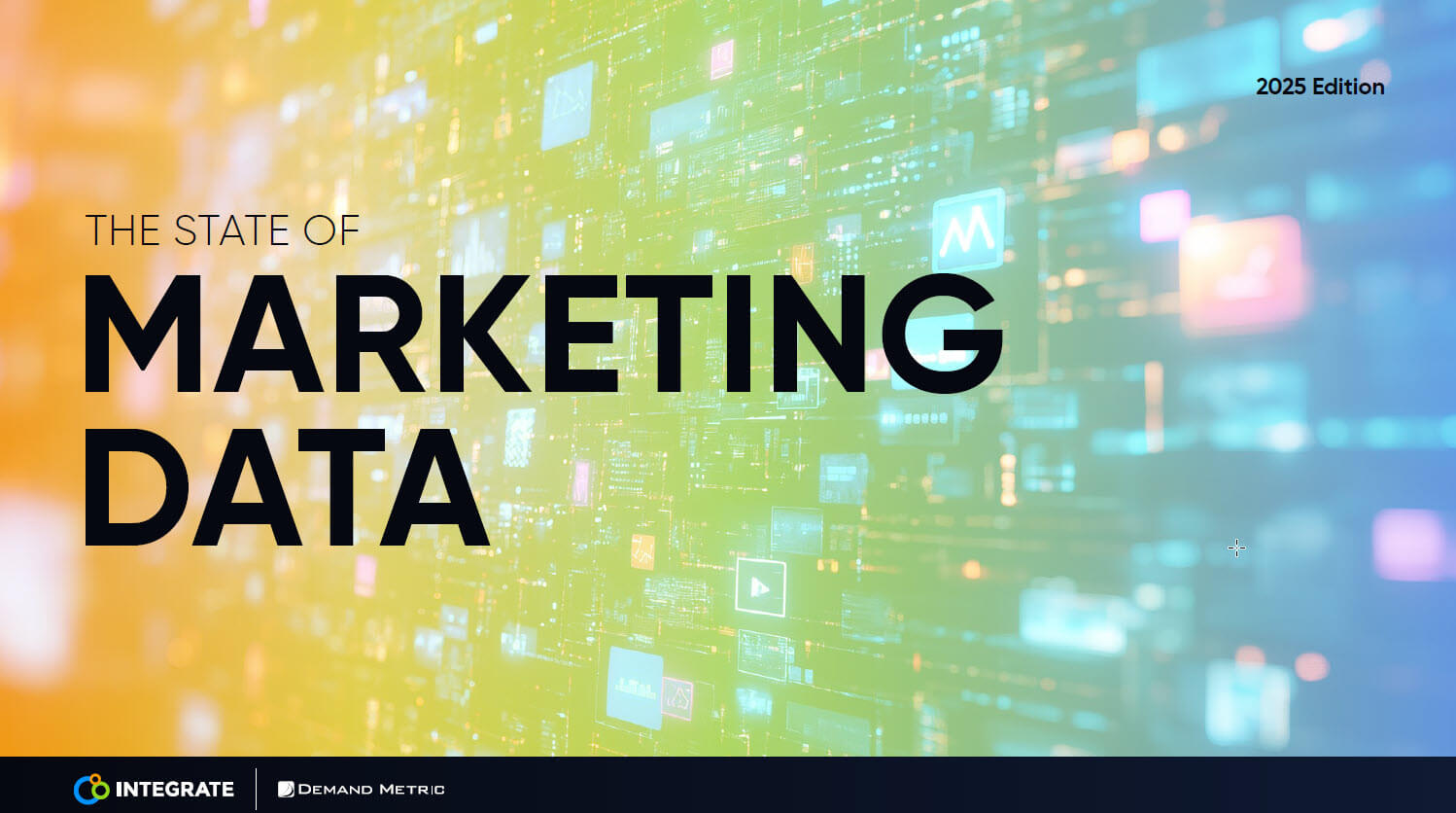What is a Marketing Automation Platform?
A marketing automation platform is a martech tool that streamlines and automates repetitive marketing tasks and processes, usually triggered based on prior customer interactions. Since the early 2000’s, B2B marketing automation platforms (also known as MAPs) have been the dominant technology for B2B marketing functions. The widespread adoption of MAPs fundamentally changed the nature of B2B marketing—opening the doors to new strategies, a wide array of digital channels for marketing execution, increased measurement capabilities, and new roles and teams within the marketing function. MAPs also kick-started the explosive growth in marketing technology, a market that today encompasses over 10,000 vendors according to the 2023 MarTech Landscape.
Marketing automation platforms started out humbly enough. MAPs were originally designed as a subset of customer relationship management (CRM) software to define, segment, schedule, and track marketing campaign efforts. The intent of MAPs was to allow marketing departments to automate repetitive tasks more effectively and to leverage online channels (primarily email and websites) for marketing execution.
The Basic Functionality of Marketing Automation Platforms
Marketing automation platforms have come a long way since their debut. Nowadays, an effective MAP has three primary areas of functionality: campaign management, lead management, and platform management.
- Campaign Management. MAPs automate the processes to develop, execute, and manage inbound and outbound marketing tactics. To do this, MAPs provide functionality including segmentation (creation of segmented contact lists based on field values and inferred data from buyer digital activity), automated programs (automated workflows with decision rules or yes/no paths for nurturing specific sets of contacts), email (email creation and scheduling), landing pages (page creation branded with company subdomains), and forms (online registration forms to capture, validate, and store contact data).
- Lead Management. To enable marketing to deliver qualified leads to sales, MAPs offer the capabilities of scoring (ability to score prospective buyer attributes such as individual and company demographics and implicit attributes based on digital behavior), lead routing (logic-based routing to send leads to the correct sales reps in a CRM system), reporting (tactic-level performance, contact digital activities, and database profiling based on contact field values), sales views (visibility into contact actions through reports or dashboard displays in a CRM), and data updates (ability to update contact data fields to standardize data and/or add new data).
- Platform Management. To manage the necessary connections between multiple marketing and sales technologies, MAPs must also provide a database (storage for contact data and records of contact activity and interactions), CRM integration (out of the box integration with leading CRMs), web site integration (ability to track buyer web site interactions through tracking codes), software ecosystem integration (out of the box connectors to other marketing applications such as web conferencing, event management, social media platforms, data providers, etc.), security (assigned user roles to govern access permissions for contact data, programs, and system administration), and email deliverability (authentication of sent email messages through industry sender authentication standards).
Emerging Benefits of Marketing Automation Tools
As MAPs became a widely adopted marketing technology, marketing automation vendors added additional functionality for their platforms, to go beyond the basic capabilities. Common capabilities that were added include:
- Dynamic website content delivery. This feature enables the creation of dynamic content that can be added to a company’s website to target content to individual visitors.
- Search pay-per-click (PPC). This allows marketers to purchase, manage, and measure keyword spend in at least one major search engine.
- Social. Many MAPs now enable social sign-in to complete registration forms via social logins, provide social media sharing elements in the design of email and landing pages, and the ability to schedule social media posts directly within the MAP.
- Attribution modeling. Enhanced reporting to identify what marketing tactics were responsible for a closed opportunity, and analytics to forecast future tactic or channel performance.
- Resource management. Some MAPs offer resource management capabilities to address marketing budgeting, calendaring, or workflow management needs.
Marketing Automation Platforms vs New Martech Tools
While MAPs have enjoyed an enviable 20 year run as the cornerstone technology in the B2B marketing tech stack, their future is not guaranteed. Many B2B marketing functions have invested heavily in martech over the past decade and are now facing pressure to optimize and consolidate their technology investments. In fact, according to data from the Integrate 2022 State of Marketing Budgets Study, only 48% of survey respondents felt their martech stack supports their work well. In addition, 38% of respondents reported having redundant or unused marketing technology to a great or very great extent.
Marketing automation providers must also contend with multiple innovative technologies that have emerged that challenge their place in the martech stack. These include systems such as:
- Account-based marketing platforms (ABMPs). ABM-specific platforms focus on target account list development and curation, identification of anonymous digital activity based on company domains, and multichannel marketing orchestration to key accounts. MAPs and ABMPs co-existed peacefully in the martech stack for many years — but this is changing. Some ABMP vendors have introduced native email capabilities, taking direct aim at MAPs. In addition, according to Forrester’s 2020 Global ABM Survey 43% percent of respondents would consider using an ABMP as their core marketing automation solution and replacing their MAP within three years.
- Sales engagement platforms (SEPs). SEPs have emerged as the next evolution of email tracking tools designed to help sales teams integrate and streamline outreach activities. The goal of a SEP is to help reps deliver high-quality customer interactions across a variety of communication channels. SEPs are designed to increase sales velocity, optimize productivity, and deliver sales enablement content. According to data from Forrester’s 2021 State of Demand and ABM Tactic Survey 32% of organizations are using sales engagement platforms and 26% will add SEPs in the next one to three years.
- Customer experience platforms (CXPs). Customer experience platforms are a technology category designed to help companies manage all their customer interactions with the goal of creating better customer experiences. Vendors in this space focus on customer intelligence (collect and aggregate customer feedback to better understand the nature and quality of customer experiences), customer journey mapping (software to visualize and design the customer experience), and customer success management (intelligence, analytics, and workflow management to ensure customers get the best possible value from purchased offerings). CXPs offer multiple communication channels to customers, bringing them into the traditional MAP space.
- B2B Revenue Marketing Platforms (RMPs). Revenue marketing platforms are an emerging category to address the needs of the modern marketer. RMPs enable marketers to embrace the entire customer lifecycle not only through acquisition but also retention, cross-sell, and upsell. Attributes of RMPs include a comprehensive buying group orientation that moves beyond leads and accounts; data management capabilities that allow marketers to select the data they prefer from independent sources; omnichannel capabilities that deliver true real-time buyer enablement; and full lifecycle performance assessment to measure marketing impact and influence.
A New Approach to Marketing and Technology: The Integrate Demand Acceleration Platform (DAP)
The Integrate Demand Acceleration Platform (DAP) is a prime example of the new revenue marketing platforms. Integrate DAP is a SaaS platform that centralizes and connects the multichannel B2B buying experience and augments existing technologies such as MAPs and ABMPs.
DAP has a data governance engine to collect, validate, and standardize data from all marketing delivery channels. DAP brings together insights across all the different marketing platforms to connect, govern, and measure multichannel marketing activity. This provides the insights necessary to build effective, personalized buyer and customer experiences. DAP connects channels, processes, and tools to create an efficient demand engine. Integrate DAP delivers insights such as identification of the campaigns, channels and content that deliver the best results, and allow B2B marketers a holistic view of account engagement across all channels and programs.
In other words, MAPs are no longer the only core marketing technology for the evolving, next-generation B2B marketing tech stack. To learn more about the differences between MAPs and the Integrate Demand Acceleration Platform, read the new eBook, “A Look at Marketing Automation Platforms.”
